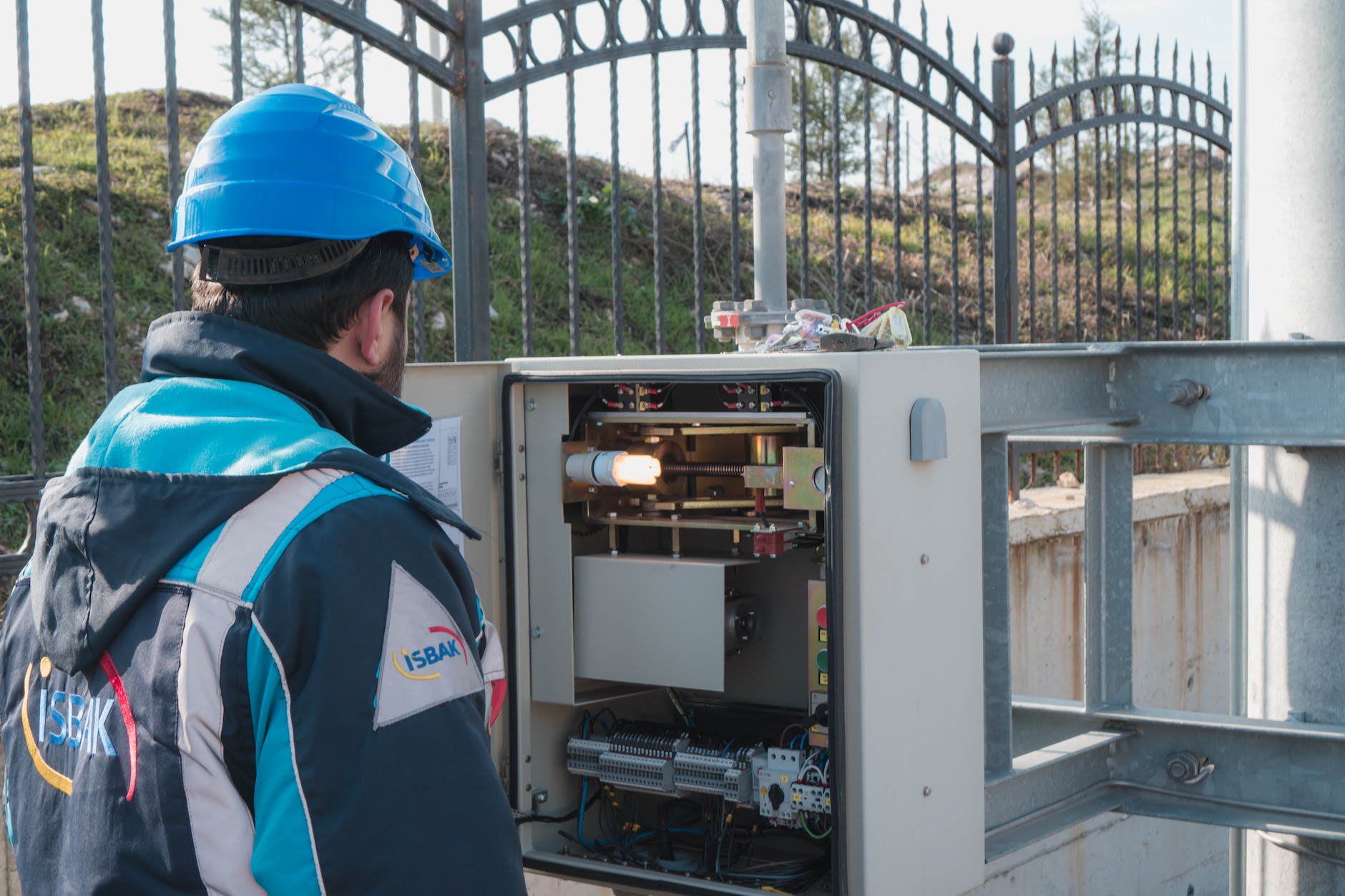
Electrical Safety Basic Knowledge: A Comprehensive Guide
Introduction
Electrical Safety Basic Knowledge : Electricity is an integral part of our daily lives, powering our homes, workplaces, and industries. While it’s a valuable resource, it can also be dangerous when not handled with care. In this article, we’ll delve into the basics of electrical safety, providing you with essential knowledge to keep yourself and others safe when dealing with electricity.
Understanding Electrical Current
Electricity flows through conductors like wires, powering our devices and appliances. It’s crucial to comprehend the fundamental concepts of electrical current to ensure safety.
1. What is Electrical Current?
Electrical current is the flow of electrons through a conductor. It is measured in Amperes (A) and determines the strength of an electrical circuit.
2. Types of Electrical Current
There are two primary types of electrical current:
- Alternating Current (AC): Commonly used in homes and businesses, AC reverses direction periodically.
- Direct Current (DC): Found in batteries and some electronics, DC flows in one direction continuously.
Electrical Hazards
Understanding the potential dangers associated with electricity is essential to avoid accidents.
3. Common Electrical Hazards
- Electric Shock: Direct contact with live wires or faulty equipment can result in electric shock, which can be fatal.
- Electrical Fires: Overloaded circuits or damaged wiring can lead to fires, posing a significant risk.
- Arc Flashes: Sudden releases of energy due to a short circuit can cause severe burns and injuries.
Safety Measures
Now that we’ve identified the risks, let’s explore the safety measures you can take to protect yourself and those around you.
4. Circuit Breakers and Fuses
- Install Circuit Breakers: They automatically disconnect the power supply when a circuit overloads, preventing fires and shocks.
- Use Fuses: Fuses are designed to break the circuit when excessive current flows through them, safeguarding your electrical system.
5. Grounding
- Ground Fault Circuit Interrupters (GFCIs): Install GFCIs in areas prone to moisture, like kitchens and bathrooms, to prevent electric shocks.
6. Electrical Cord Safety
- Inspect Cords: Regularly check cords for damage or fraying and replace them immediately if you find any issues.
- Extension Cord Usage: Avoid overloading extension cords, and don’t run them under carpets or rugs.
7. Electrical Appliance Safety
- Unplug When Not in Use: Disconnect appliances when not in use to prevent unnecessary energy consumption and reduce fire risks.
Safety at Work
Electrical safety is crucial not only at home but also in workplaces.
8. Workplace Safety Regulations
- Compliance: Employers should adhere to electrical safety regulations and ensure employees receive proper training.
- Regular Inspections: Routine inspections and maintenance of electrical equipment are essential for safety.
9. Protective Gear
- Use Appropriate Gear: Workers should wear safety gear like insulated gloves and goggles when handling electrical equipment.
Conclusion
Electrical safety is paramount, whether you’re at home or work. Understanding the basics of electrical current, potential hazards, and safety measures can prevent accidents and save lives.
Hi-POT Testing of HT Cable & LT Cable: Hazards and Precautions
Electrical Hazards in Construction
Electrical Hazards and Precautions
What Are the 5 Main Electrical Hazards?
Electrical Safety Hazards and Control Measures
FAQs
- What should I do if I experience an electrical shock?
- Seek immediate medical attention. Don’t touch the person while they are still in contact with the electrical source.
- How often should I have my home’s electrical system inspected?
- It’s recommended to have an electrical inspection every 3-5 years or when you notice electrical issues.
- Can I use appliances with frayed cords temporarily?
- No, using appliances with damaged cords is hazardous and should be avoided until they are properly repaired.
- What’s the difference between a circuit breaker and a fuse?
- Circuit breakers can be reset after tripping, while fuses must be replaced.
- Is it safe to touch a person experiencing an electric shock with my bare hands?
- No, avoid direct contact with the person and use a non-conductive object to push them away from the source.
























